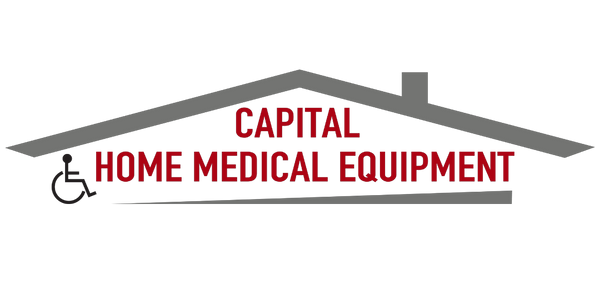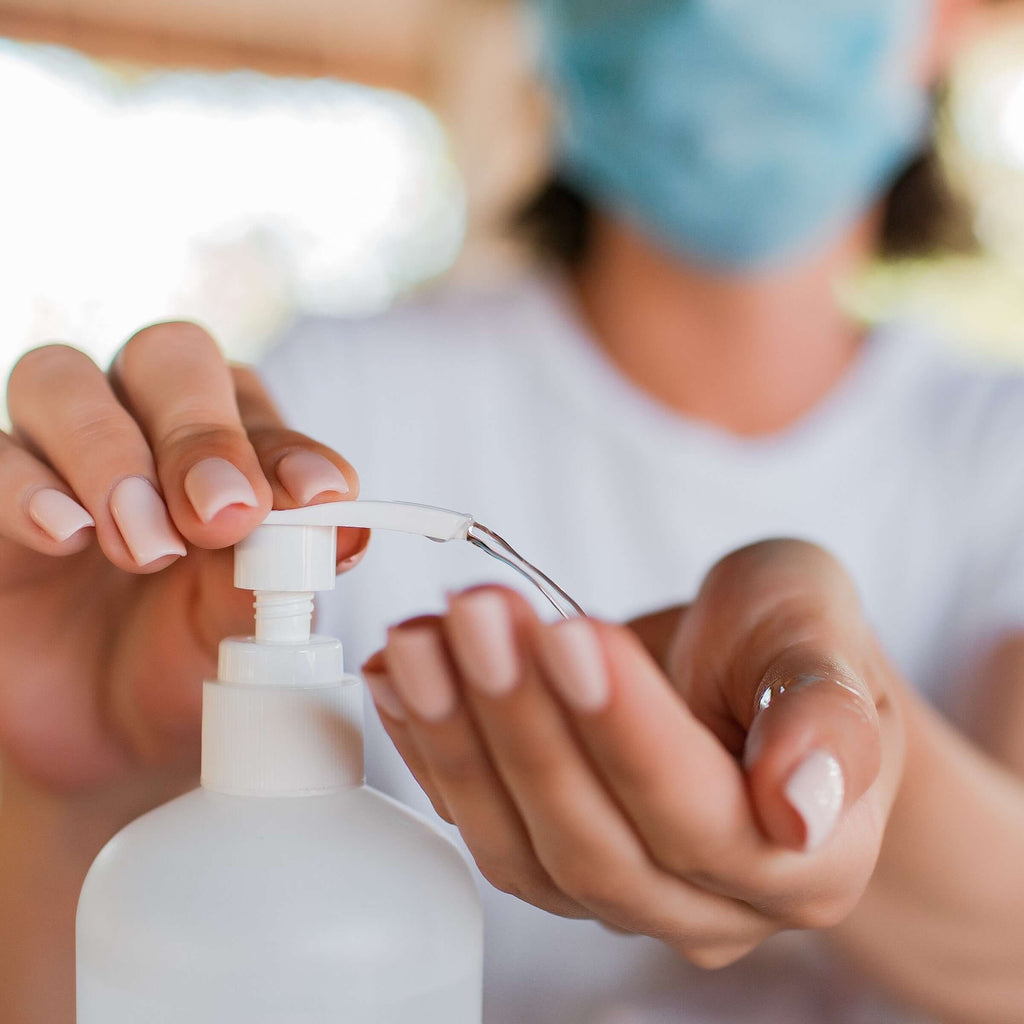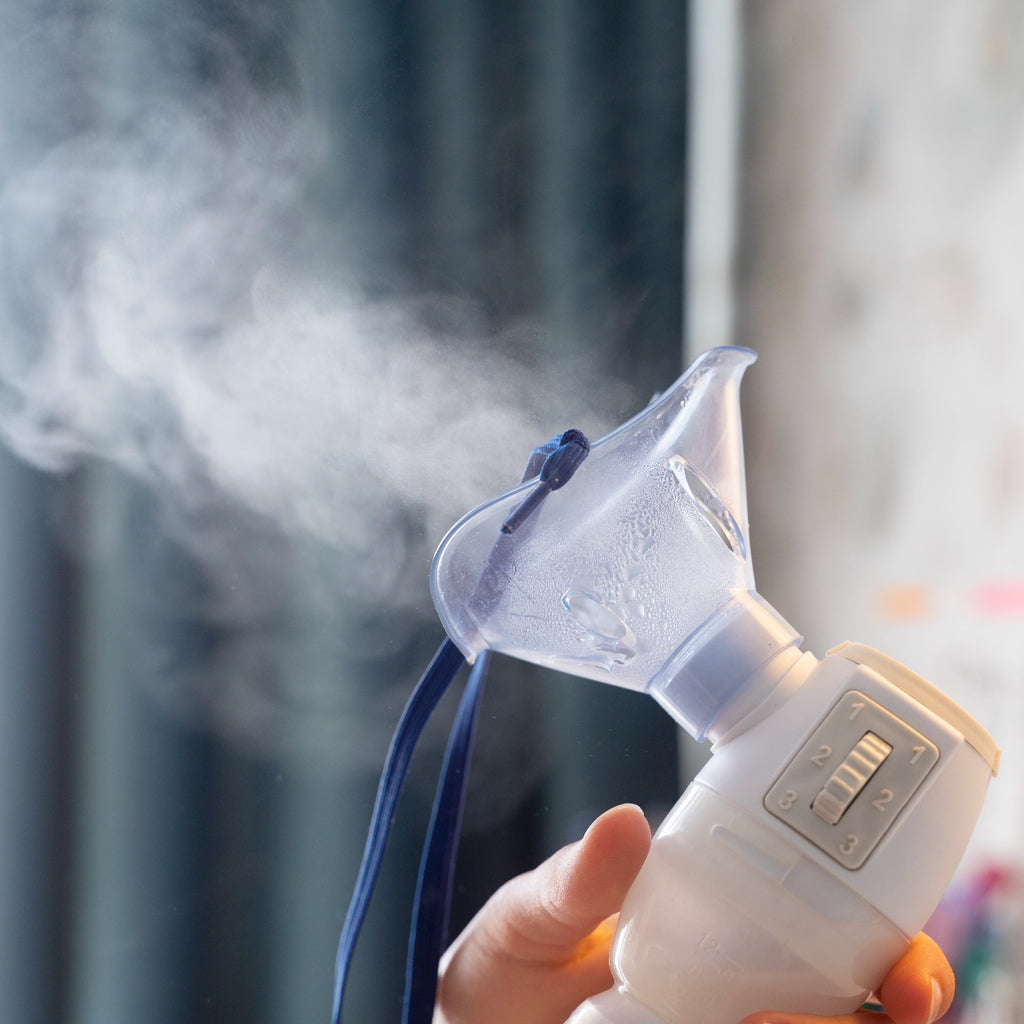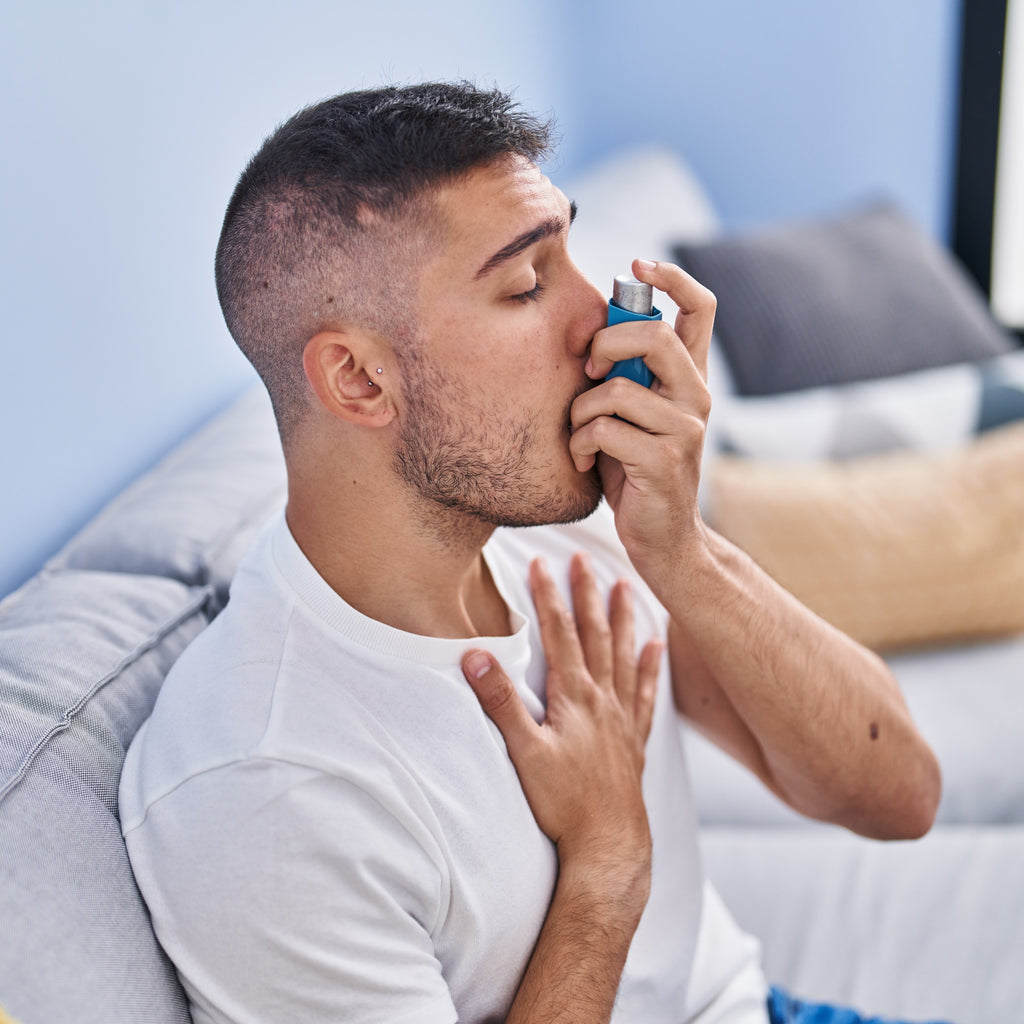What??? Sanitization for the win?
BY CHME TEAM
Dec 20, 2021

It seems like only over the past two years we have been constantly told to sanitize, wash our hands and maintain a clean environment. Truth is, Health care facilities and providers have constantly and tirelessly been educating their patients on the importance of sanitization. Crazy enough, many healthcare workers just now started proper hand hygiene practices throughout their shifts.
When something becomes a common everyday habit, humans tend to get lazy about doing it well and maintaining compliance. However, Healthcare-associated infections (HAI) remain a major patient safety issue. In a study from 2009-2018, 40 hospitals reported a total of 4,300 device associated infections (CCDR, 387). A 2020 medical journal article estimates HAIs affect up to 80,000 patients in Europe each day (Murphy et al. 1). Contaminated surfaces can transmit antibiotic-resistant pathogens, making it more important to limit exposure. Disinfection and sanitization remains important, especially in the healthcare industry. Let's take a quick look at the path of transmission...
First, the virus/bacteria transfers from a host (human) to a light switch or door handle through touch.
Second, not enough time lapses for the virus to die between another human touching the same surface and the virus gets picked up by touch again.
Third, the only way for the virus to enter the host is through mucosal membranes (Touching eyes, mouth, ear, nose, cuts, etc.)
The first line of defense against infection is hand hygiene. This includes hand washing visibly soiled hands and sanitizing prior to and following patient contact or medical procedures. Hand-washing has been preached extensively over the last couple years, so I will not harp on it here. One thing less mentioned is that for hand hygiene, it is important to not only clean your hands, but also keep your hands hydrated. When your hands dry out, they are more susceptible to infection.
To keep your hands hydrated, try to use soaps with a lotion-base such as VioNex Antimicrobial Liquid Soap and apply lotions as necessary such as Revitalizing Skin Lotion.
Since hand washing is not always enough, hand sanitizers and disinfectants are important to have on hand, such as Germiphene IC-Gel Antiseptic Skin Gel.
Hand Hygiene

Surface Disinfecting
As we all know, surface sanitation is also important. For proper sanitization in healthcare settings, it is not enough to spray disinfectant once and be done with it. You must ensure the surface is clean before disinfecting it. When cleaning a visibly dirty surface, wipe clean of any visible dirt or biohazard, then spray the disinfectant following label instructions. Finally, wipe the surface clean and discard the cloth. Products you can use for surface cleaning include Cavicide or Caviwipes among others.
Instrument Reprocessing
Not only must your hands and surfaces be clean to prevent infection in the healthcare industry. Cleaning your medical instruments is vital to prevent cross-contamination. When sterilizing instruments, Metrex, an sanitation producer, lays out a three-step process for instrument reprocessing: Preclean, Lubricate, and High-Level Disinfect/Sterilize.
PreClean
Precleaning starts the cleaning process by breaking-down and cleaning visible bioburden or soil from the medical instruments.
Lubricate
You need to take care of your instruments. You can do this by lubricating them to prevent spotting or rusting on metal instruments. This also makes any moving parts glide more easily.
High-Level Disinfect/Sterilize
Now it is time to disinfect or sterile your instruments. This will prevent cross-contamination by killing the majority of the lingering pathogens.
Other Infection prevention products
Sanitation and infection control does not stop at disinfectants. Other products include medical waste solidifiers, deodorizers, and, of course, PPE such as goggles, gloves, and surgical gowns.
To sum it up, for proper sanitization, it is important to understand the products you are using. There is no true all-purpose sanitizing product. The different categories of sanitation products accomplish different roles that all can work together to prevent infection and keep you and your patients healthy. While the layman may tend to use the words sanitize and disinfect synonymously, disinfecting is more absolute than sanitizing. Sanitization means lowering the pathogens to a safe level while disinfecting means removing close to 100% of the pathogens. Which product you use will depend on the situation and the type of surface you need to clean. Read product descriptions to understand what the product aims to achieve when selecting sanitation or disinfection products.
Works Cited
CCDR, editor. “Devise-associated Infections in acute-care hospitals from 2009 to 2018.” Canada Nosocomial Infection Surveillance Program, vol. 2020 Volume 46, no. 11/12, 2020, pp. 387-397.Murphy, Finbarr, et al. “Reduction of Health Care-Associated Infections (HAIs) with Antimicrobial Inorganic Nanoparticles Incorporated in Medical Textiles: An Economic Assessment.” Nanomaterials, vol. 10, no. 5, 2020. NCBI, https://www.ncbi.nlm.nih.gov/pmc/articles/PMC7279532/. Accessed 10 Dec 2021.PICNet. About Healthcare-associated Infections. PICNet, 2021. PICNet Provincial Infection Control Network of British Columbia, https://www.picnet.ca/surveillance/about-hai/. Accessed 2 December 2021.



